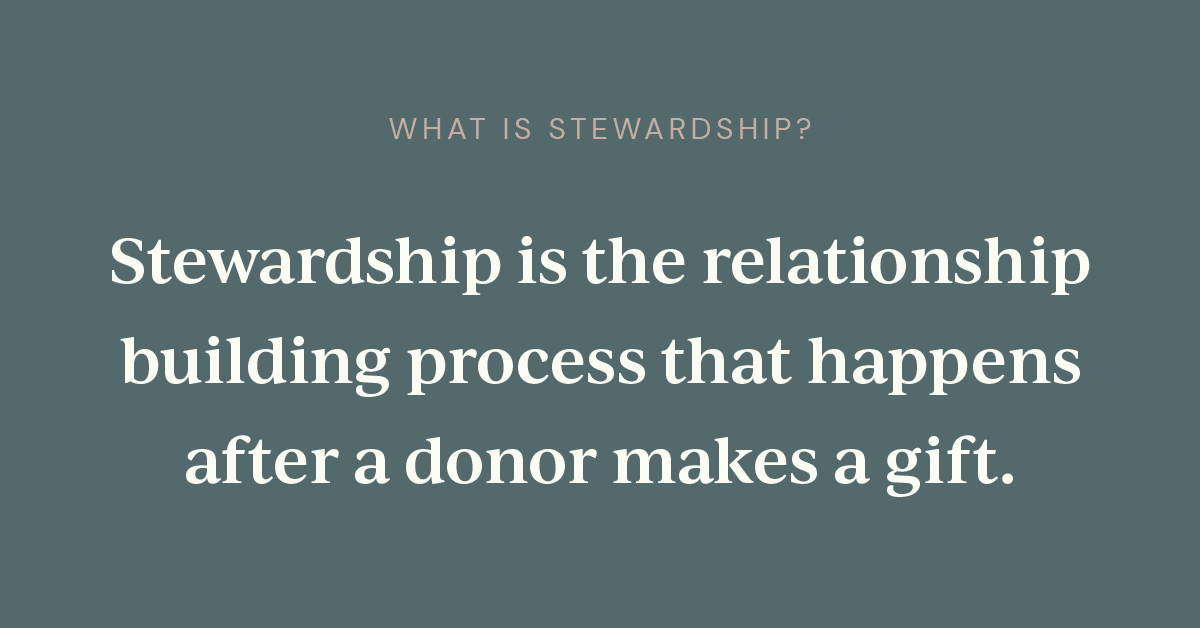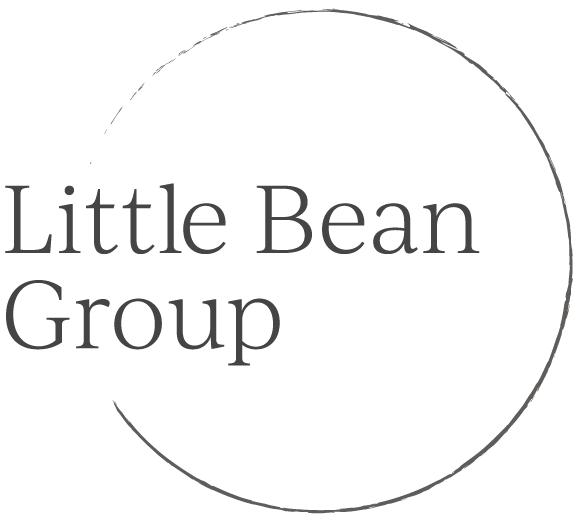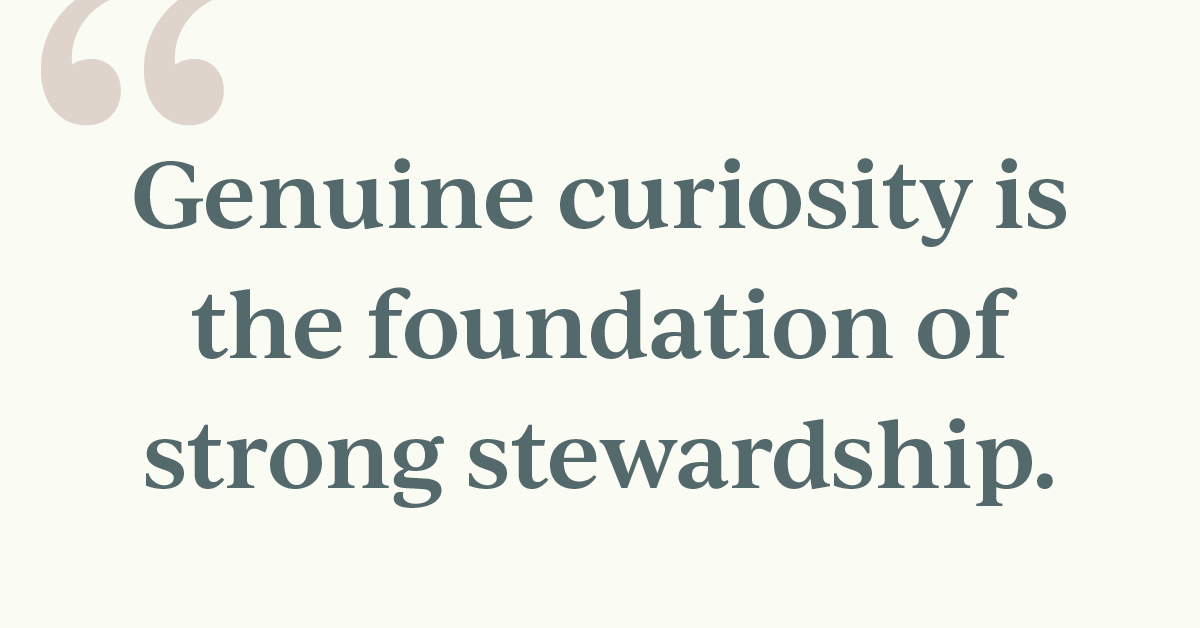For several years, we’ve observed a troubling trend in fundraising: the number of donors continues to decline. In this challenging environment, donor stewardship is more important than ever.
Let’s start with a working definition of donor stewardship. Stewardship is the relationship building process that happens after a donor makes a gift. This process can encompass a huge range of activity. Large organizations may have a department dedicated to donor stewardship and established giving levels that come with special recognition. For smaller organizations, donor stewardship is another to-do on a long list for an overstretched staff.

With this definition in mind, let’s think holistically about donor stewardship plans and identify strategies promote building deeper relationships with supporters. If you haven’t thought about the big picture of your stewardship plans before, I’d encourage you to start with three key areas:
1. The communications cycle
2. Personal outreach
3. Building community
Each of these areas has an “art” and a “science” to support executing a donor stewardship plans. The science is a concrete process: for example, procedures for getting thank you notes out on time. The art is the less tangible, but no less important work of relationship building that moves beyond basic procedures and grows and nurtures connections. With this framework in mind, let’s look more closely at donor stewardship:
The Communications Cycle
Science: A thorough communications plan should guide your efforts. It will include print and electronic communications, social media, and acknowledgment procedures. The goal of this plan is to ensure that you are regularly in touch, sharing important information, and honoring supporters’ stated communication preferences. Having a schedule and a plan of action—even if it is fairly basic—goes a long way toward ensuring that you’re a consistent presence.
Art: Step back and look at your overall communications strategy and content. Be sure you are sharing a variety of content including demonstrating results, highlighting the tangible difference that donors make, and personal stories. Consider how you frame these communications. Are they sent with a sense of urgency? Does the timing make sense for the donor—you would likely want to share a communications piece that welcomes the donor to the organization and provides an overview and background information before diving into content.
Actionable next steps:
- Check to be certain that your acknowledgement processes are thorough and prompt. Donor stewardship begins the moment a donor makes a gift.
- Consider sending an automated tax receipt every January to donors as a courtesy.
- Create a welcome communication series that is automatically sent to first-time donors. Welcome the donor into the community and share information to help them better understand the organization and the issues.
- Review the annual communications plan and flag a few pieces or posts that you can send with a personal note saying you think the content would be of particular interest.
- Invite the donor to follow your organization on social media; don’t just assume that a donor will automatically follow because they made a gift.
Personal Outreach
Science: I’m a big proponent of setting a schedule for personal outreach. In previous articles, I’ve shared how you can dig into donor data and create a manageable workload for getting in touch with individual supporters. If you have a donor visit but are nervous about the conversation, try reviewing this list of conversation starters to pave the way to donation requests. I find that keeping these questions in the back of my mind helps me to keep the conversation focused and respects the donor’s time.
Art: This is all about listening! While we may have our “elevator pitch” ready to go as soon as we meet a donor or prospect, truly honoring the relationship means focusing on listening more than speaking. In an environment where it feels like everyone is trying to break in with a message, this can be a tough skill to learn. Previously, I shared a few of my favorite questions to learn donors’ stories. These open-ended questions paint a full picture of our supporters and help us learn to listen with intentionality.
Actionable Next Steps:
- Begin your outreach efforts by pulling a list of donors who have given since the start of the fiscal year to ensure you are caught up and haven’t missed any names. Then I suggest reviewing a list of gifts that have come in every week so you can stay on top of this process.
- Segment the donors into three categories: first time donors, lapsed donors (those who didn’t give last year or who have given sporadically over the years), and regular donors (those who give every year). Create individual engagement strategies.
- For first time donors, reach out immediately to thank them and welcome them to the organization. It’s important to establish good donor stewardship practices early on in the donor’s relationship with the organization. From there, ensure they receive the new donor welcome series and set up a time to meet or talk to learn more about them.
- For lapsed donors, welcome them back with open arms. Acknowledge that you are so glad they connected again and set up a time to meet or talk.
- For donors who contribute regularly, reach out to them personally to let them know that you received their gift and set up a time to meet or talk. In the interim period, make sure a timely acknowledgement is sent.
Building Community
Science: One way to build community is through events. Consider creating a few in-person opportunities to engage and steward donors. Last summer I wrote an Events 101 piece diving into these logistics in detail because many people were feeling rusty getting back into the swing of in-person gatherings after COVID. While some are eager to gather together in person again, I’ve also found that events need to be really worth people’s time to ensure their success. Plan carefully to make sure your event is high-quality, and remember, a small gathering in someone’s living room is an event. It doesn’t need to be a rock concert to be meaningful.
Check out more donor stewardship resources from the archives:
Acknowledgments and Thanking Donors
- I published an article in AFP magazine that articulates my overall thanking philosophy.
- To prepare for the busy year-end season, I created a thanking toolkit.
- I also got into the nuts and bolts of thank you letter content and procedures in a post on thanking donors meaningfully.
Donor Engagement and Retention
- If you’re looking to reach out to donors who have not given recently, try these tactics to re-engage with them and honor their previous support.
- Donor retention is key to your organization’s overall health; think about getting creative to retain your supporters.

